I'm trying to create a little Finder clone using Cocoa. I'm placing a source list table view (to act as a sidebar) and a standard table view inside of an NSSplitView controlled by an NSSplitViewController.
Unfortunately, when I run this, the standard table view's white background is drawn over the bottom right corner of the window, resulting in a non-rounded corner:

I'm able to avoid the problem by not using NSSplitViewController, both with standard nib files or storyboards to get the desired result:
But… I really want to use NSSplitViewController. Is there any way to prevent this from happening?
Here is the Xcode workspace with the projects for the screenshots.


